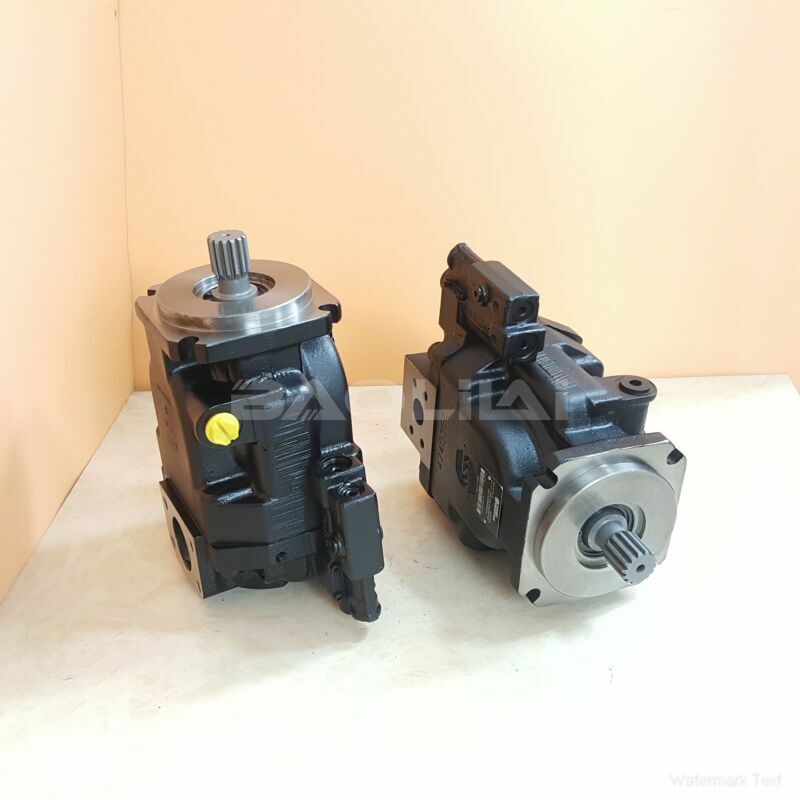FRR090CLS2020NNN3S2C2A1NNNNNNNNNN high pressure pump
FRR090CLS2020NNN3S2C2A1NNNNNNNNNN high pressure pump

- Product Details
- Applicable Scene
In the world of hydraulic systems, efficiency and performance are paramount. One of the innovative technologies making waves in this field is Danfoss’s Power-on-Demand hydraulic pump. This technology promises to improve energy efficiency, reduce operational costs, and enhance the overall performance of hydraulic systems used in various applications. In this article, we will delve into the core concepts behind Danfoss’s Power-on-Demand technology, its benefits, and its implications for the future of hydraulic engineering.
FR-R-090C-LS-20-20-NN-N-3-S2C2-A1N-NNN-NNN-NNN
FRR090CLS2020NNN3S2C2A1NNNNNNNNNN
At the heart of the Power-on-Demand system is the principle of providing hydraulic power only when it is needed. Traditional hydraulic systems often operate continuously, consuming energy even during periods of low demand. This inefficiency can lead to significant energy waste and increased operational costs. Danfoss’s technology addresses this issue by adapting the hydraulic pump’s output to match the specific demands of the machinery it powers.

83014092
The Power-on-Demand hydraulic pump utilizes advanced controls and sensors to monitor the system’s needs in real time. By adjusting the pump’s output dynamically, it can deliver just the right amount of pressure and flow for the task at hand. This not only optimizes energy consumption but also prolongs the life of the hydraulic components by reducing wear and tear associated with constant high-pressure operation.
One of the standout features of Danfoss’s technology is its ability to integrate seamlessly with various hydraulic systems across multiple industries, including mobile machinery, manufacturing, and even renewable energy applications. For example, in agricultural machinery, the ability to modulate hydraulic flow improves the responsiveness of operations such as steering and implement control, leading to increased productivity and reduced fuel consumption.





